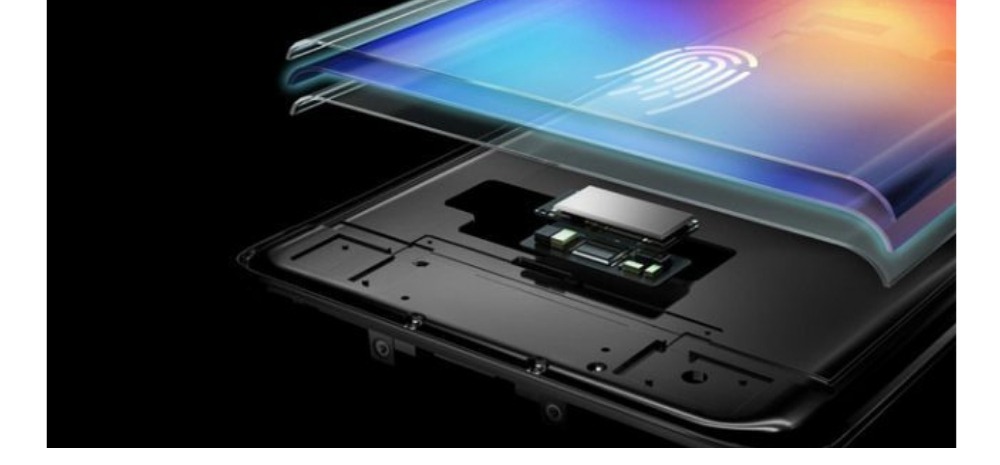Future iPhones Will Have In-Display Fingerprint: Will It Be Better Than Vivo, Oppo, OnePlus?

In the world of technology, not a day goes by without something new happening and making headlines. Science and technology have advanced and continue to do so at a rapid rate and smartphones are nowhere near the place at which they started.
The latest development in smartphones is probably the fingerprint sensor, as it saves time and unlocks faster than a pin or a pattern. The fingerprint sensor has been undergoing developments, of which an in-display fingerprint sensor is what every smartphone maker is planning to incorporate in their devices.
Being at the top of the smartphone market, Apple has managed to be above par in many features, but the question is, will Apple’s in-display fingerprint sensor be better than what has already been introduced in the market?
First In Display Fingerprint Sensor Introduced in 2018
The first phone to launch with the in-display fingerprint sensor was the Vivo X20, back in January of 2018. The phone came with an in-display optical fingerprint sensor, however, it was Samsung who introduced the first in-display ultrasonic fingerprint sensor in their flagship devices, Samsung S10, and S10 Plus.
After this, all the smartphone companies ushered to incorporate the in display fingerprint sensor in their phones, including Huawei, OnePlus, Xiaomi, Nokia, Oppo, Honor among others.
Apple’s In-Display Fingerprint Sensor
It’s not been long since news surfaced of Apple partnering with Qualcomm to introduce some high-end features in the iPhones that would be launched in the future. One of these included the in-display fingerprint sensor.
As per reports, Apple has finally obtained a patent for ‘Methods of biometric imaging of input surfaces.’ This patent demonstrates the use of an ‘acoustic imaging system’ or an acoustic transducer that would draw out an image of anything that comes in contact with the surface. This would be an image of high resolution.
This acoustic transducer works on the principle of converting electric signals into mechanical energy or the reverse as well. In smartphones, the mechanical energy will be the finger that will be placed on the screen of the phone. This is then converted into an electrical signal and will be rebuilt as images of the fingerprint, which will help unlock the phone.
What is new or different in this technology then? Apparently, the patent will be able to acknowledge surfaces apart from a fingerprint, such as palm, ear, cheek, or face. This will help the user unlock the phone while on a call. The technology is smarter and better than the rest because it will be able to pick up other vitals such as the breath rate, or heart rate as well.
Seems like a late entry has made no difference to Apple’s plans of making a dent in the world of technology!

Comments are closed, but trackbacks and pingbacks are open.